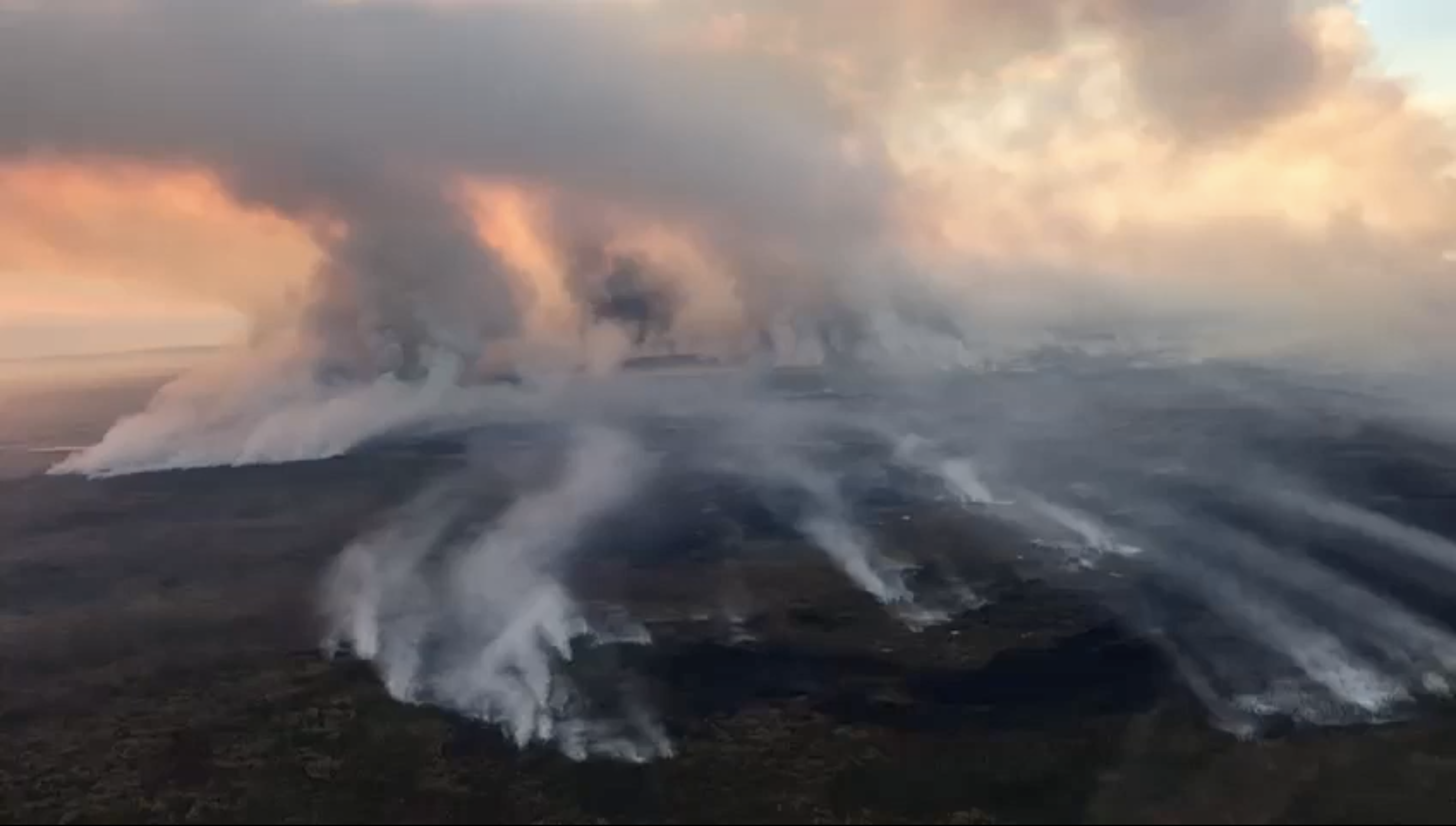
Boreal forests on fire
A devastating fire season in Siberia
Siberia is experiencing one of its worst fire seasons in recent history. Since the start of this year, fires in Russia have burnt through more than nine million hectares of forest — an area more than twice the size of Denmark — according to the Russian Federal Forestry Agency.
Record temperatures in what is usually Russia's coldest region, have sparked hundreds of fires across the Sakha Republic (also known as Yakutia) and neighbouring Irkutsk.
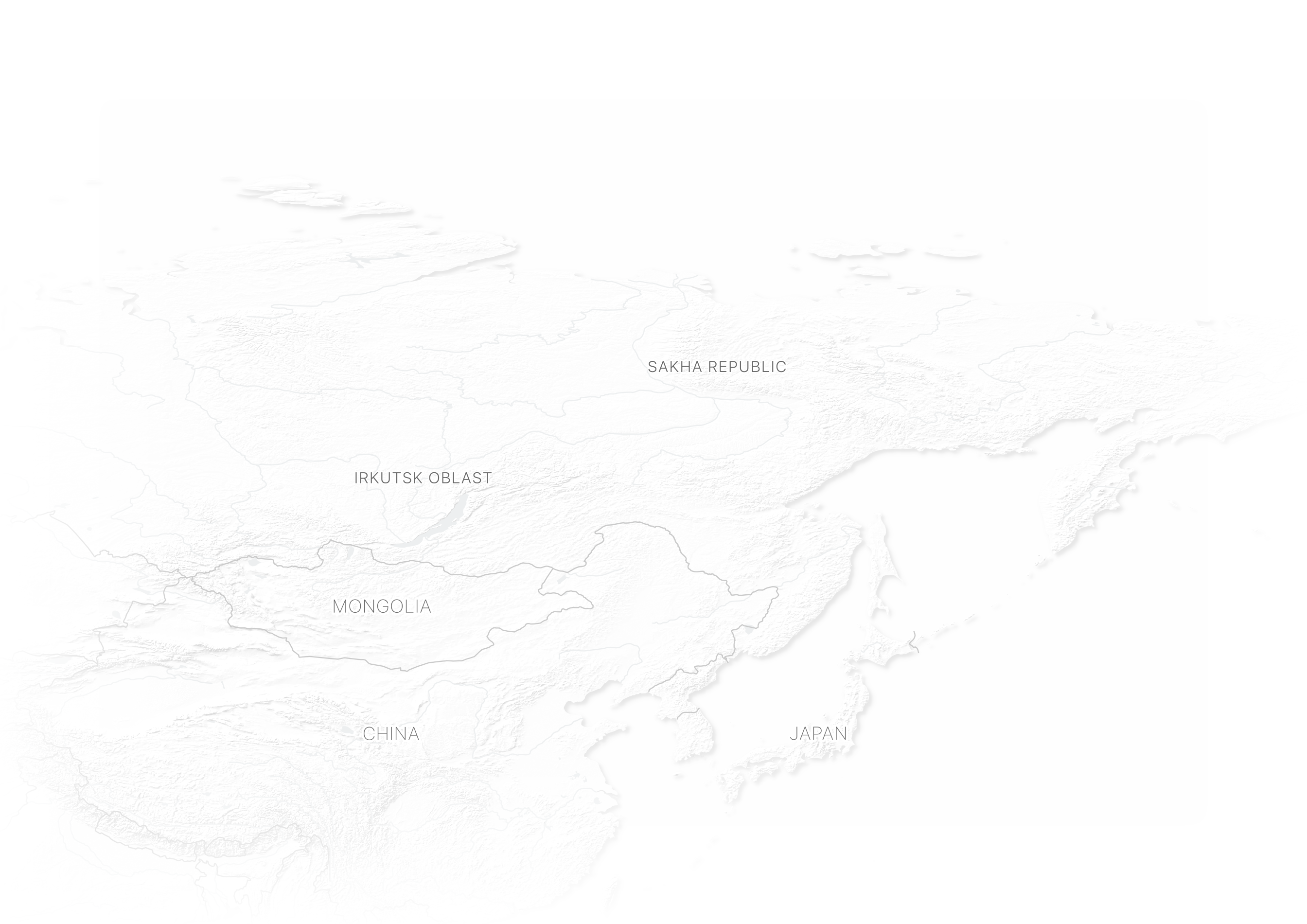
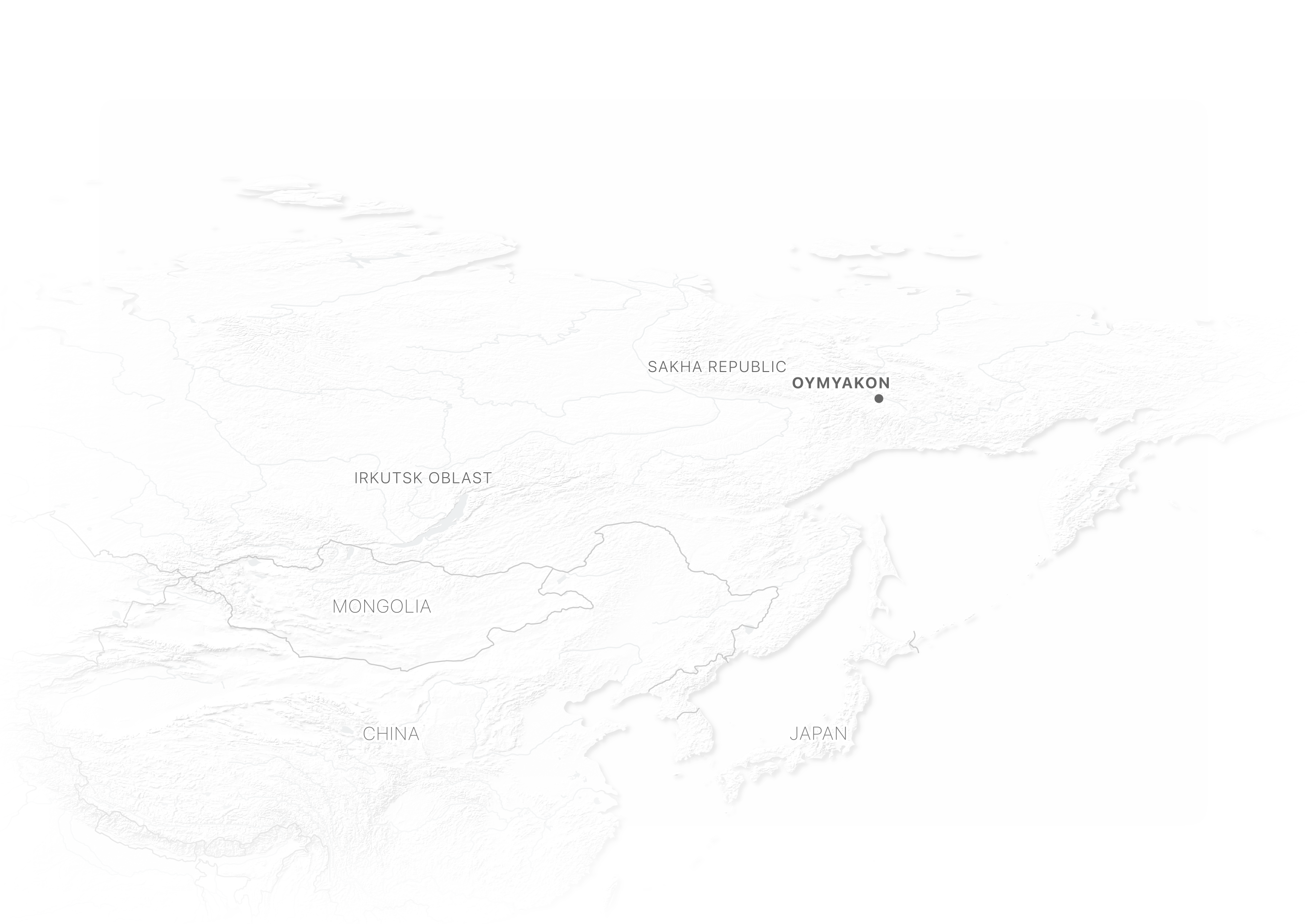
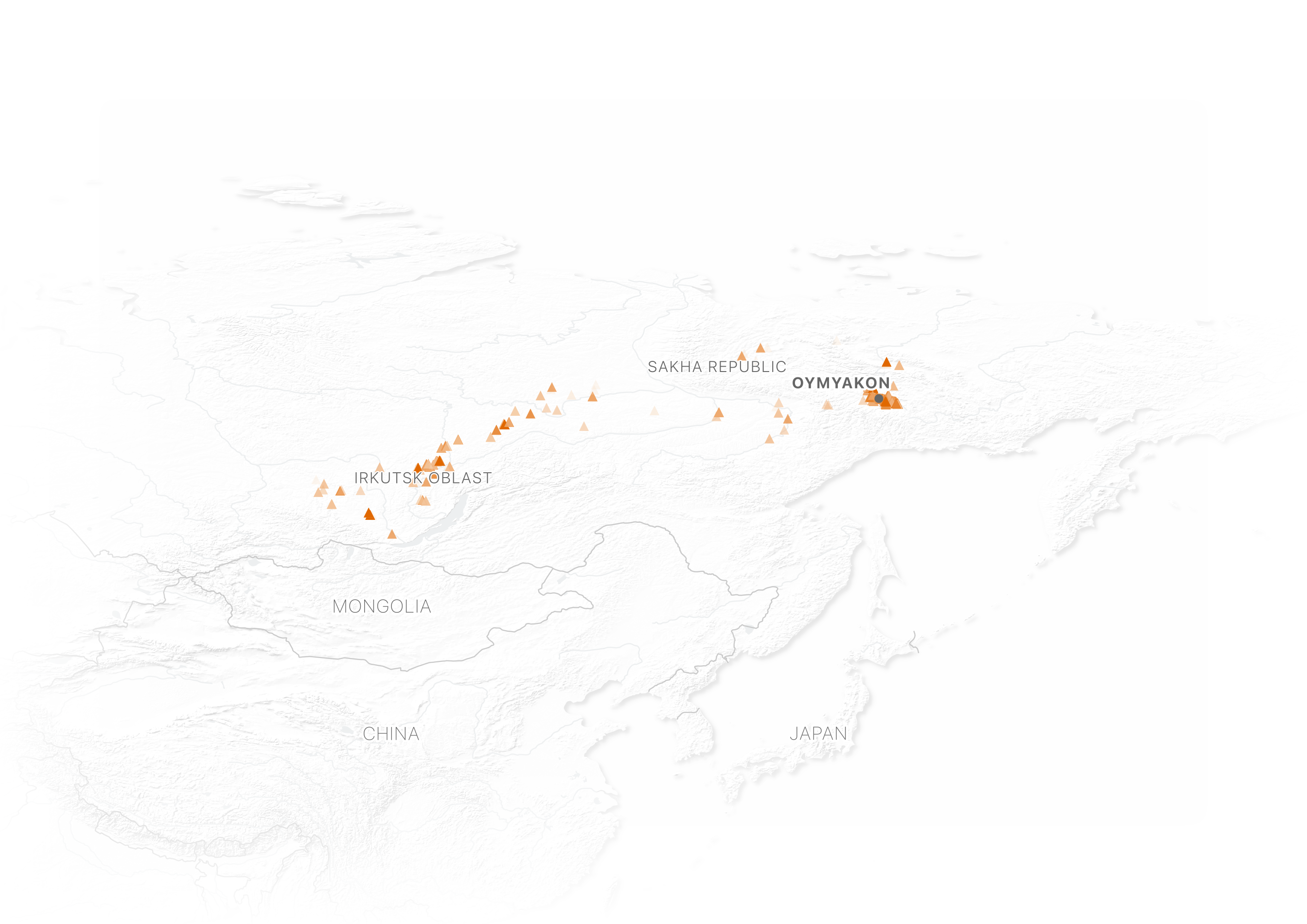
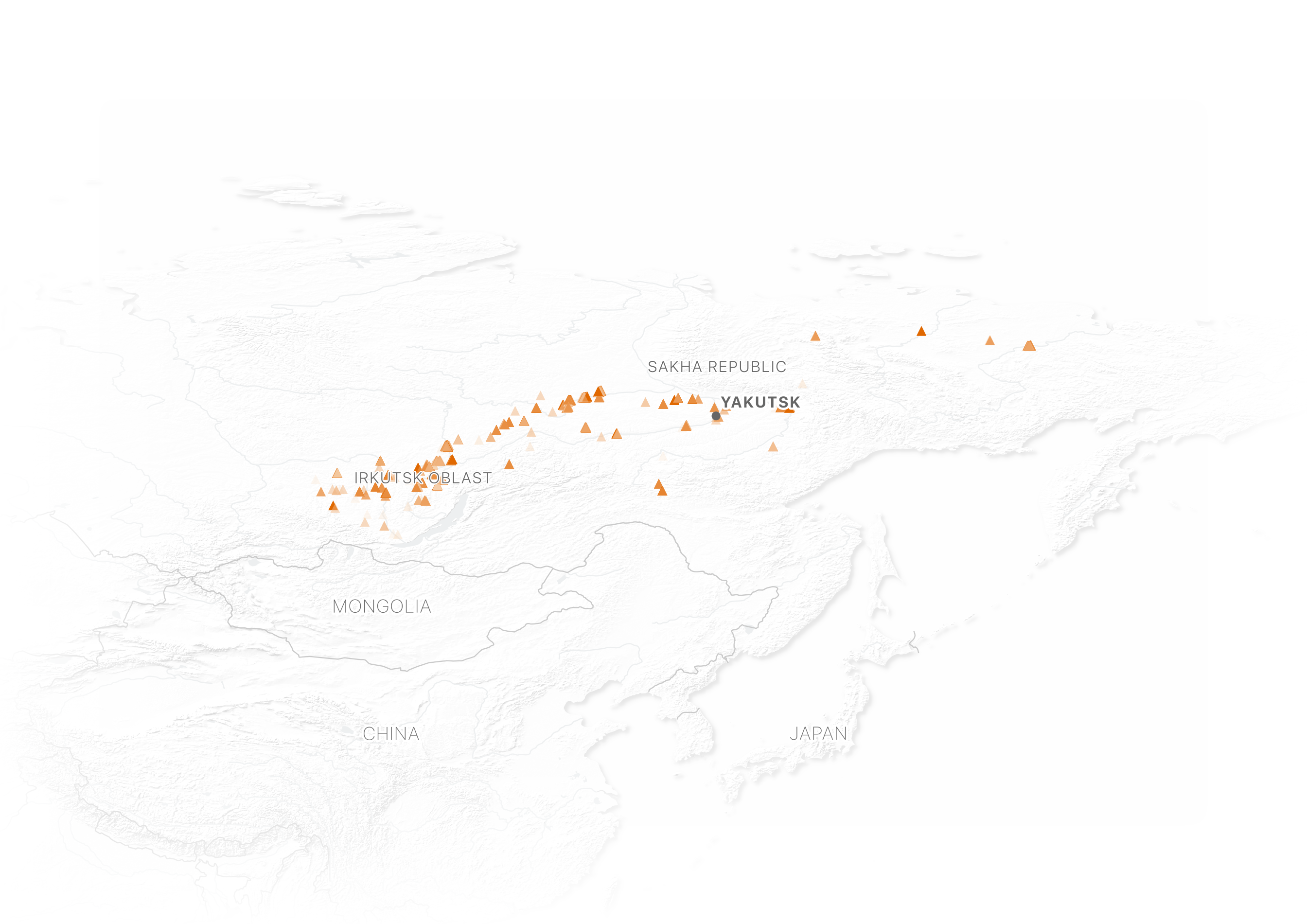
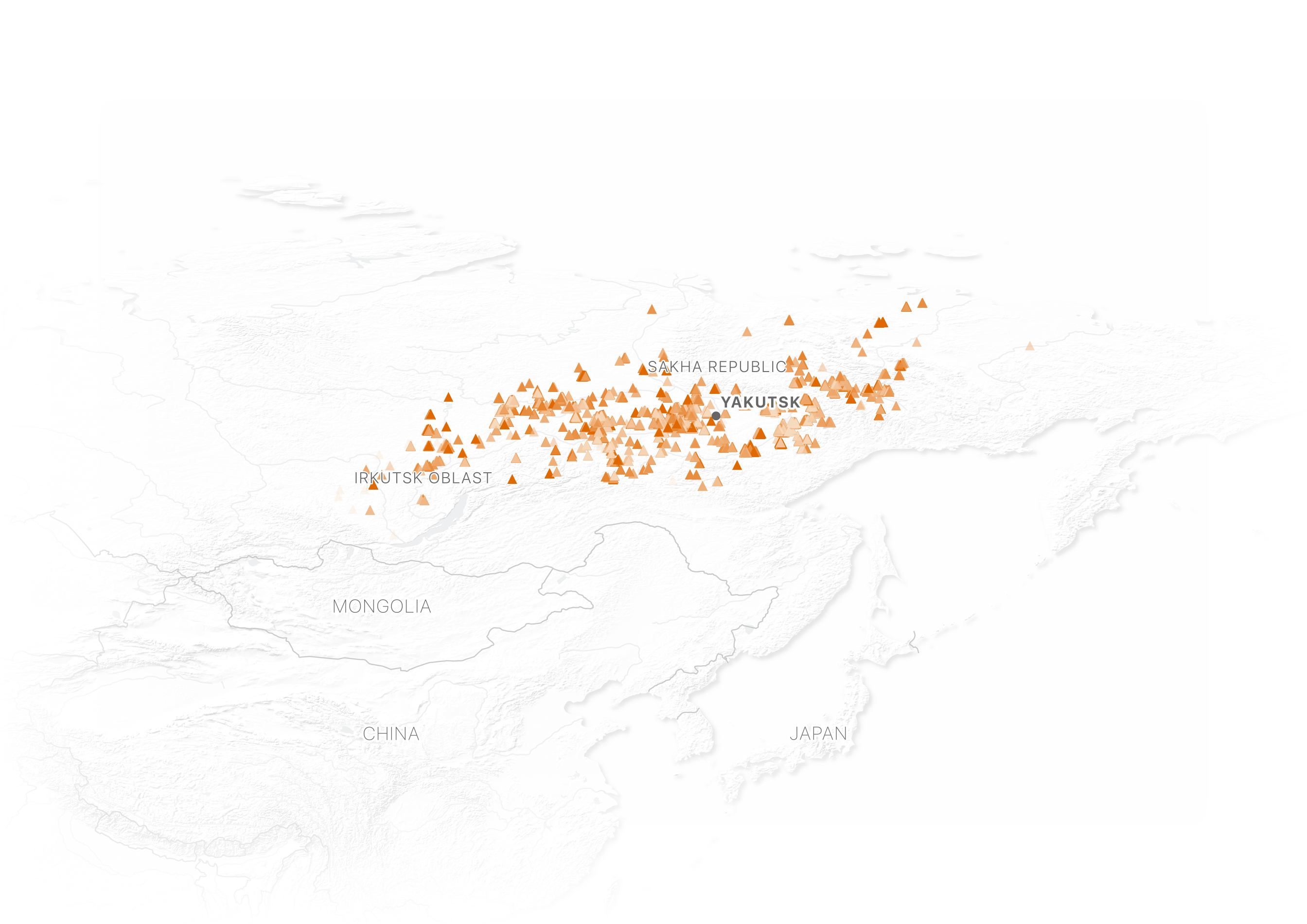
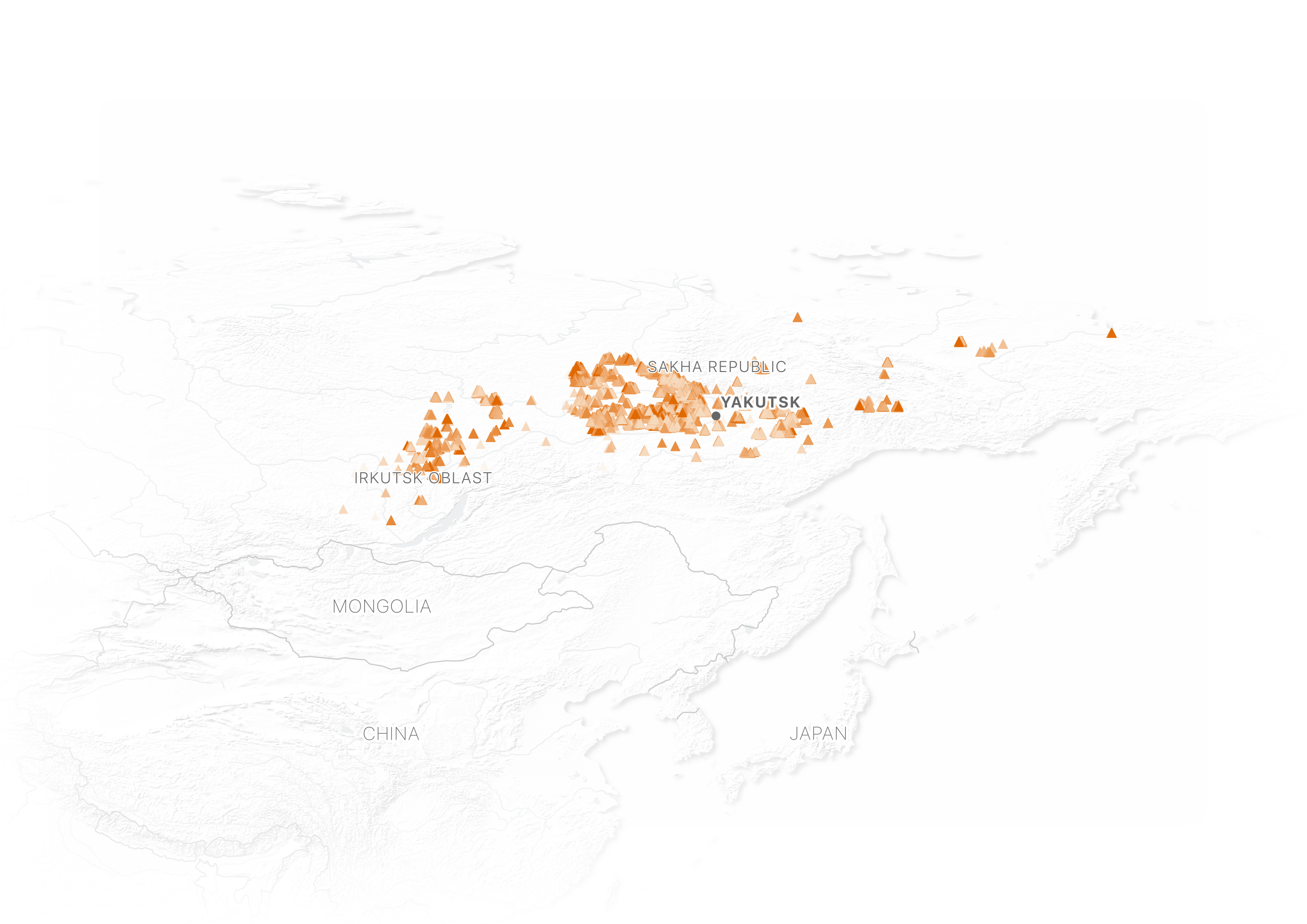
For comparison, this is about 12 times the size of the Dixie fire in the US — the largest single wildfire in California history.
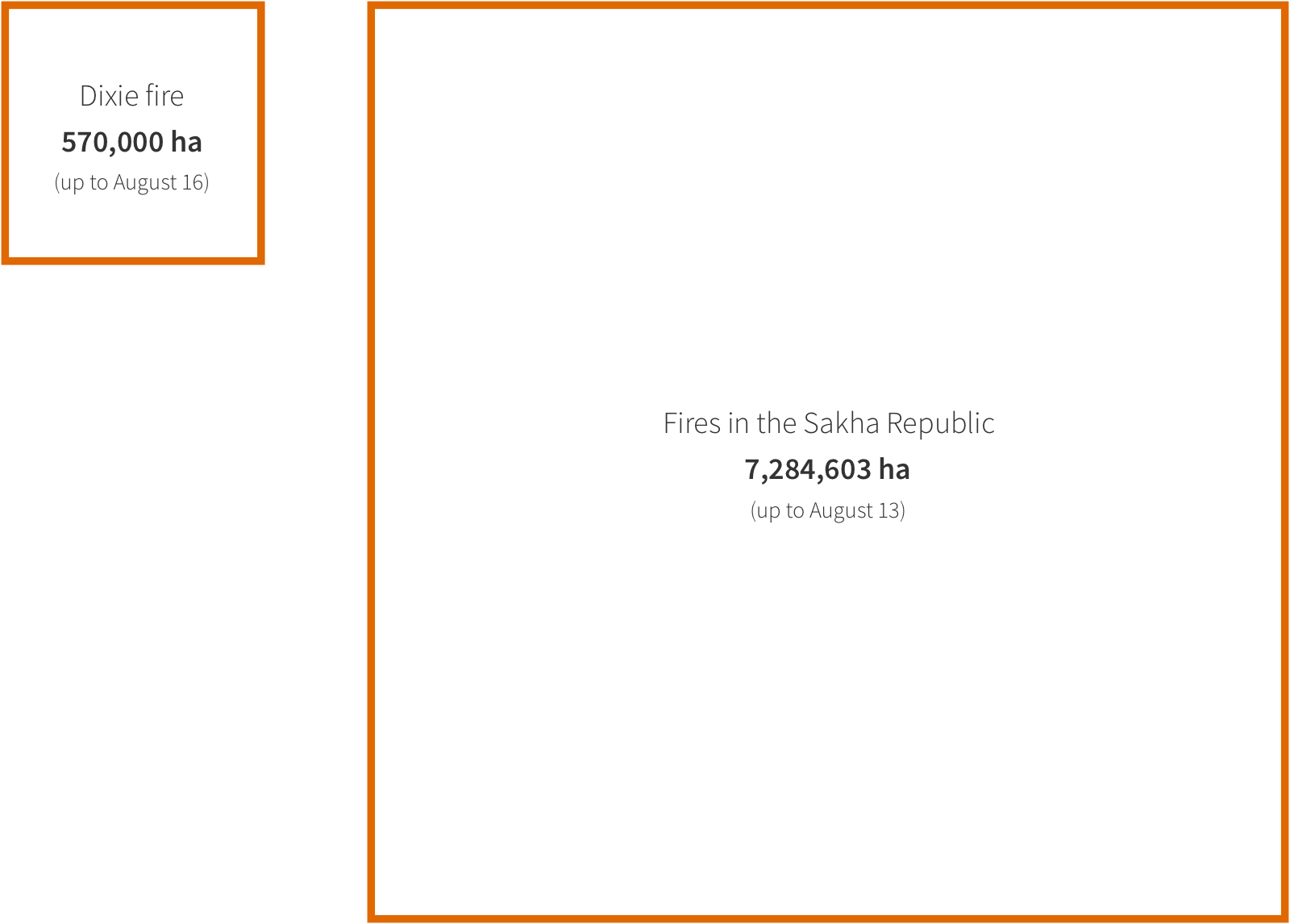
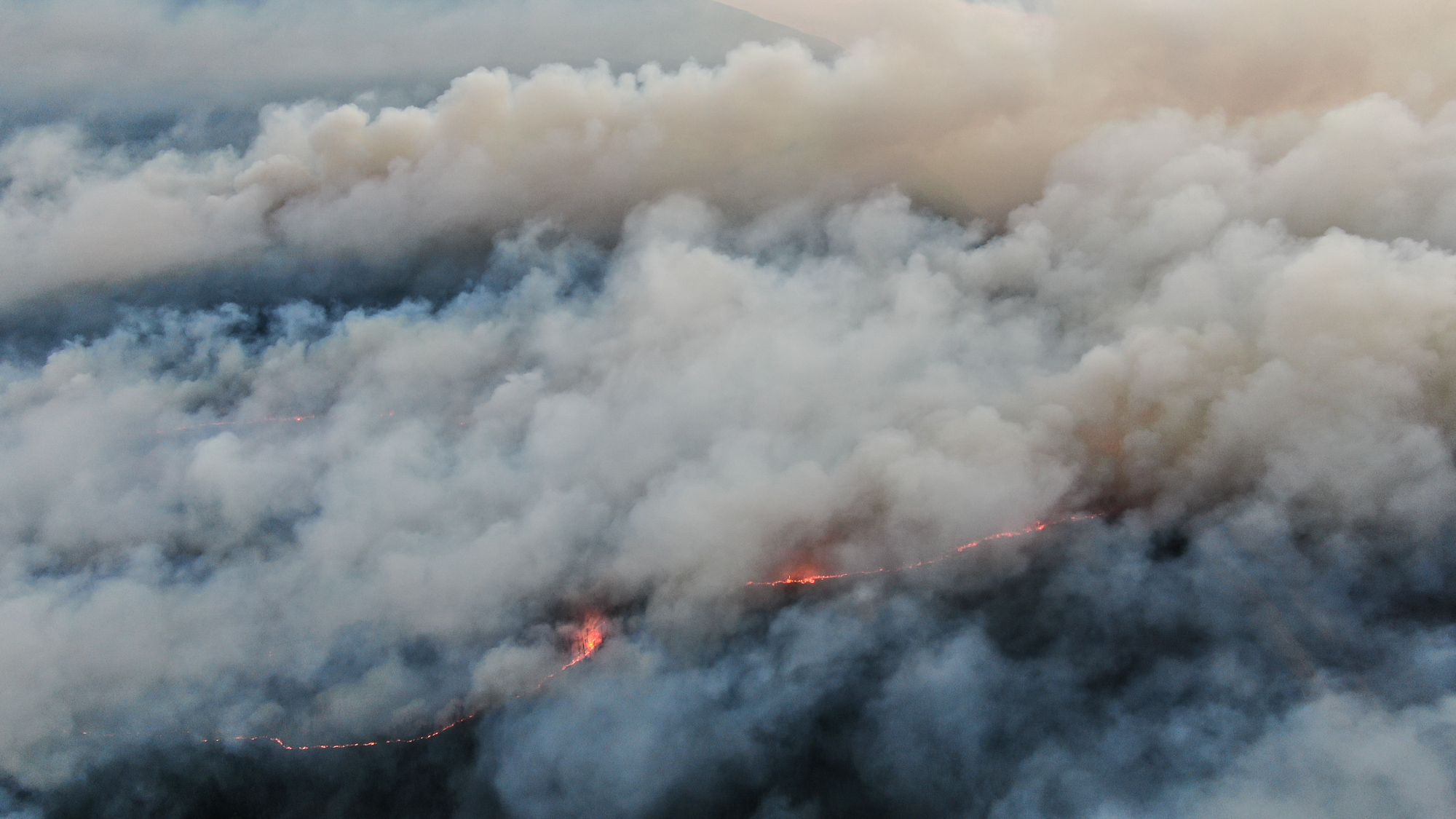
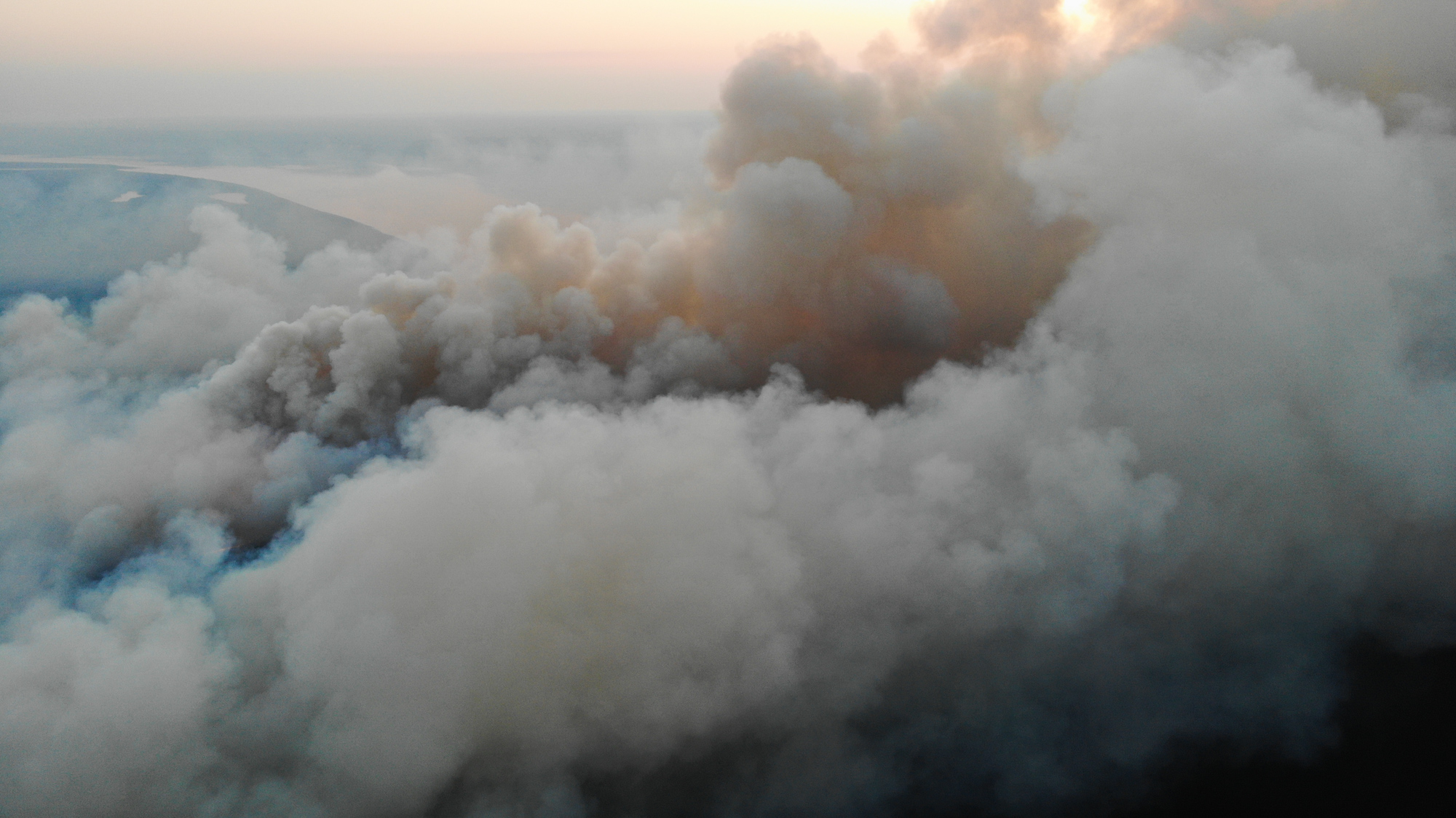
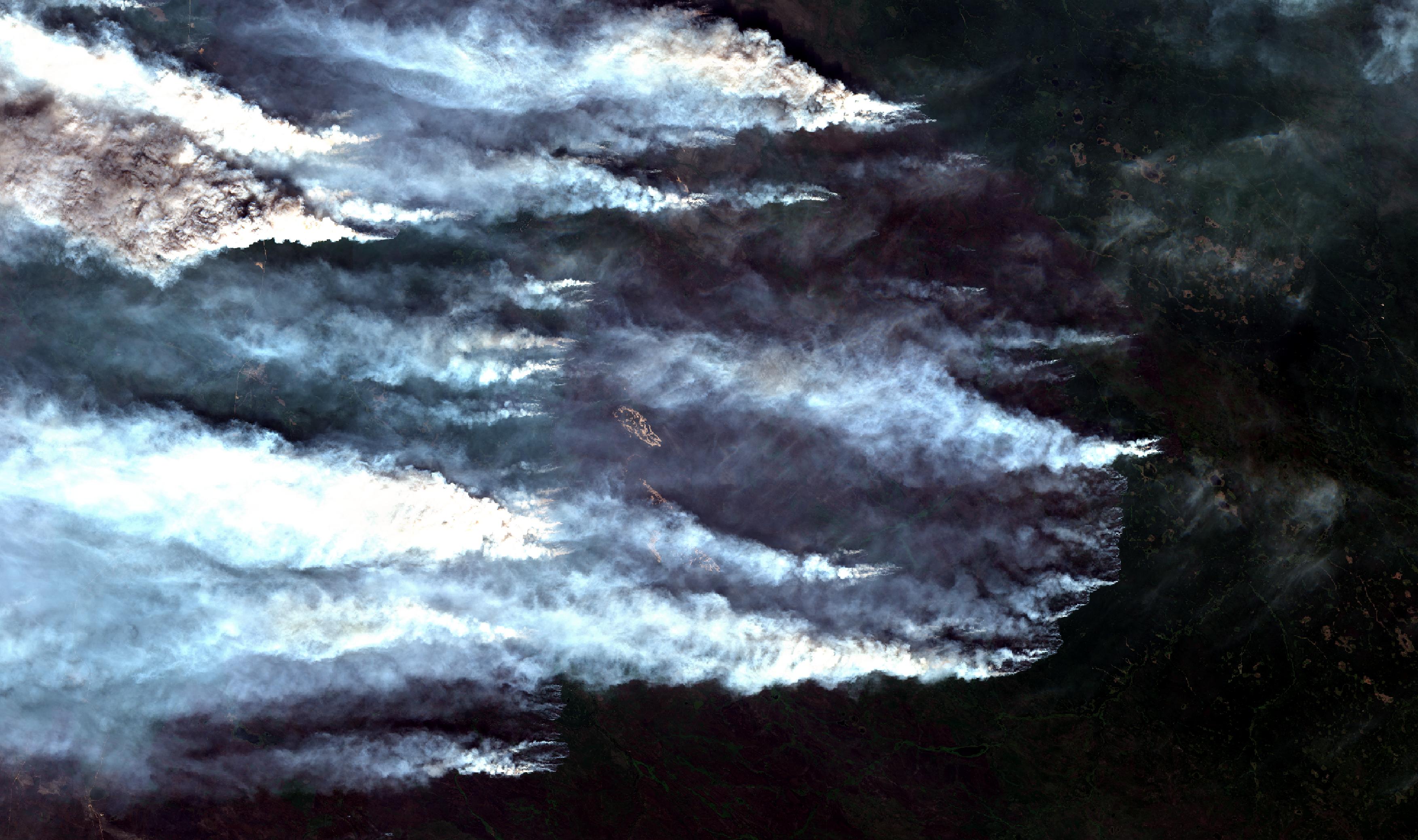
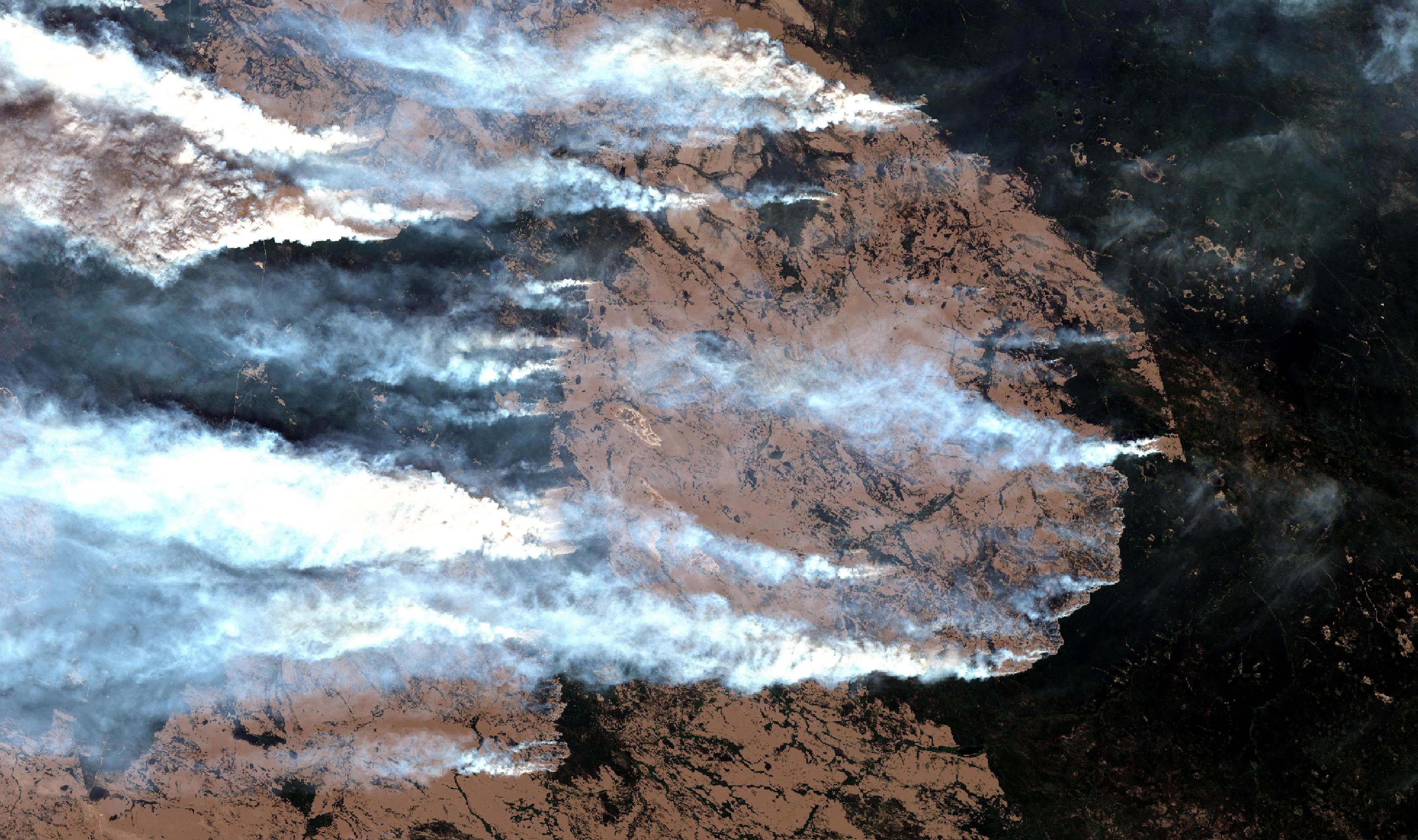
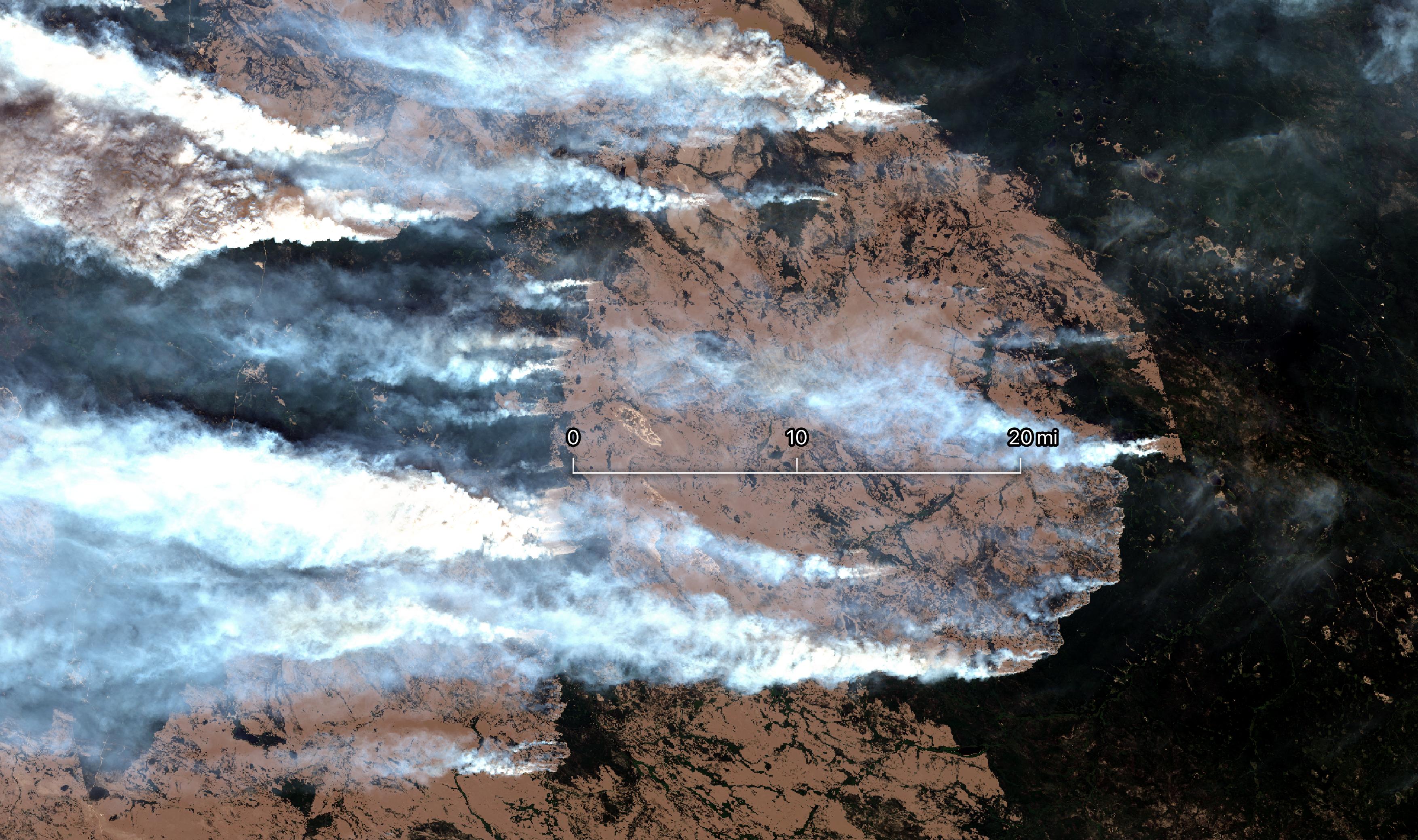
In the city of Yakutsk, toxic smoke from the fires makes it hard to breathe. Since July, live air quality monitors have measured dangerously high levels of PM2.5 — particles that are small enough to enter the bloodstream. When inhaled, these particles can cause serious health problems.
On August 12, readings indicated a concentration of 1890 micrograms per cubic metre — more than 75 times the amount that is considered safe by the World Health Organisation.
The city is home to more than 300,000 people. Residents have been told by authorities to stay home to avoid the fumes from the blazes.
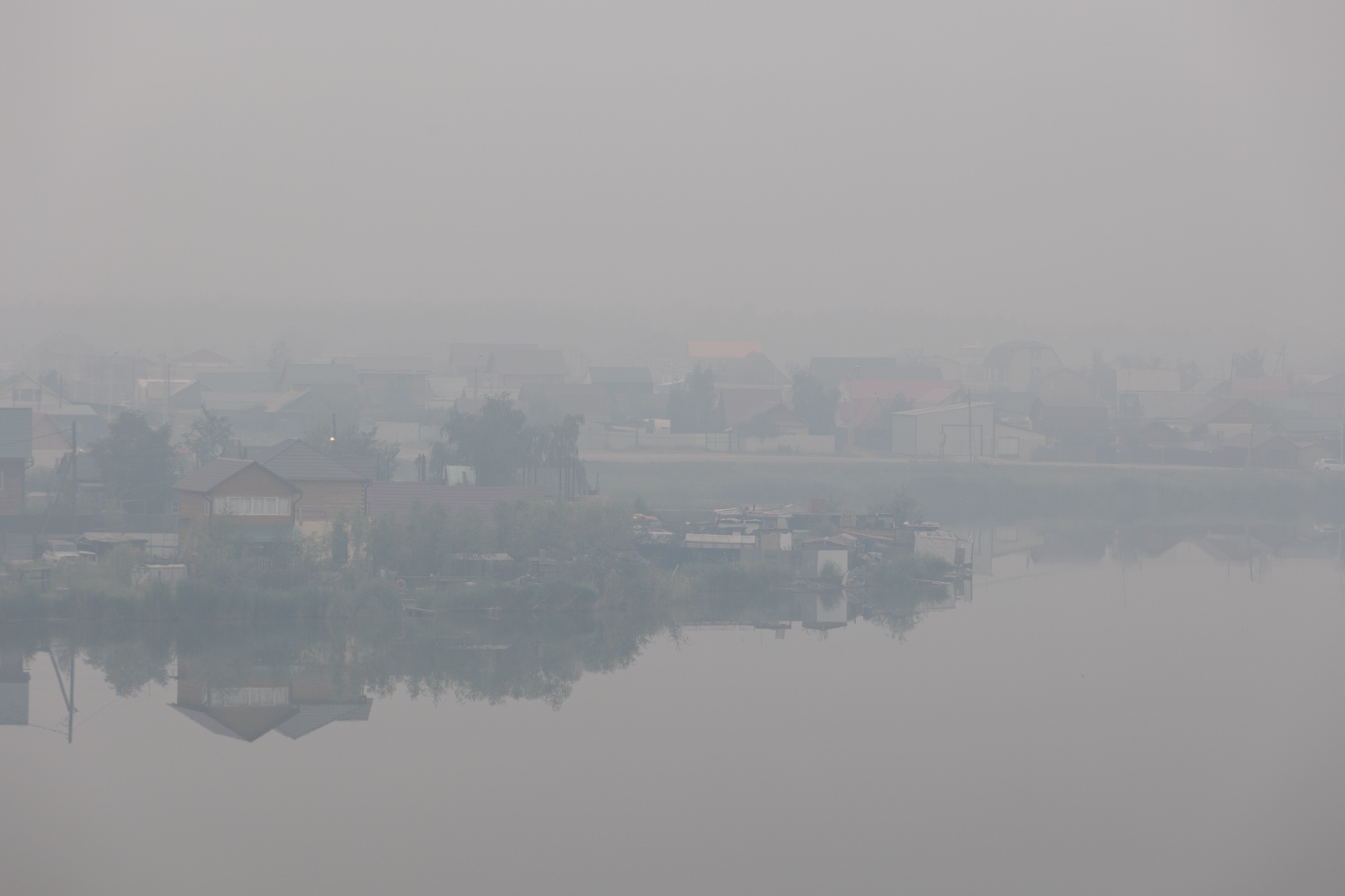
The Copernicus Atmosphere Monitoring Service uses satellites to track how the smoke from wildfires spreads around the globe. As the fires burn, they release aerosols and trace gases into the atmosphere. Pictured here are the aerosols from burning organic matter.
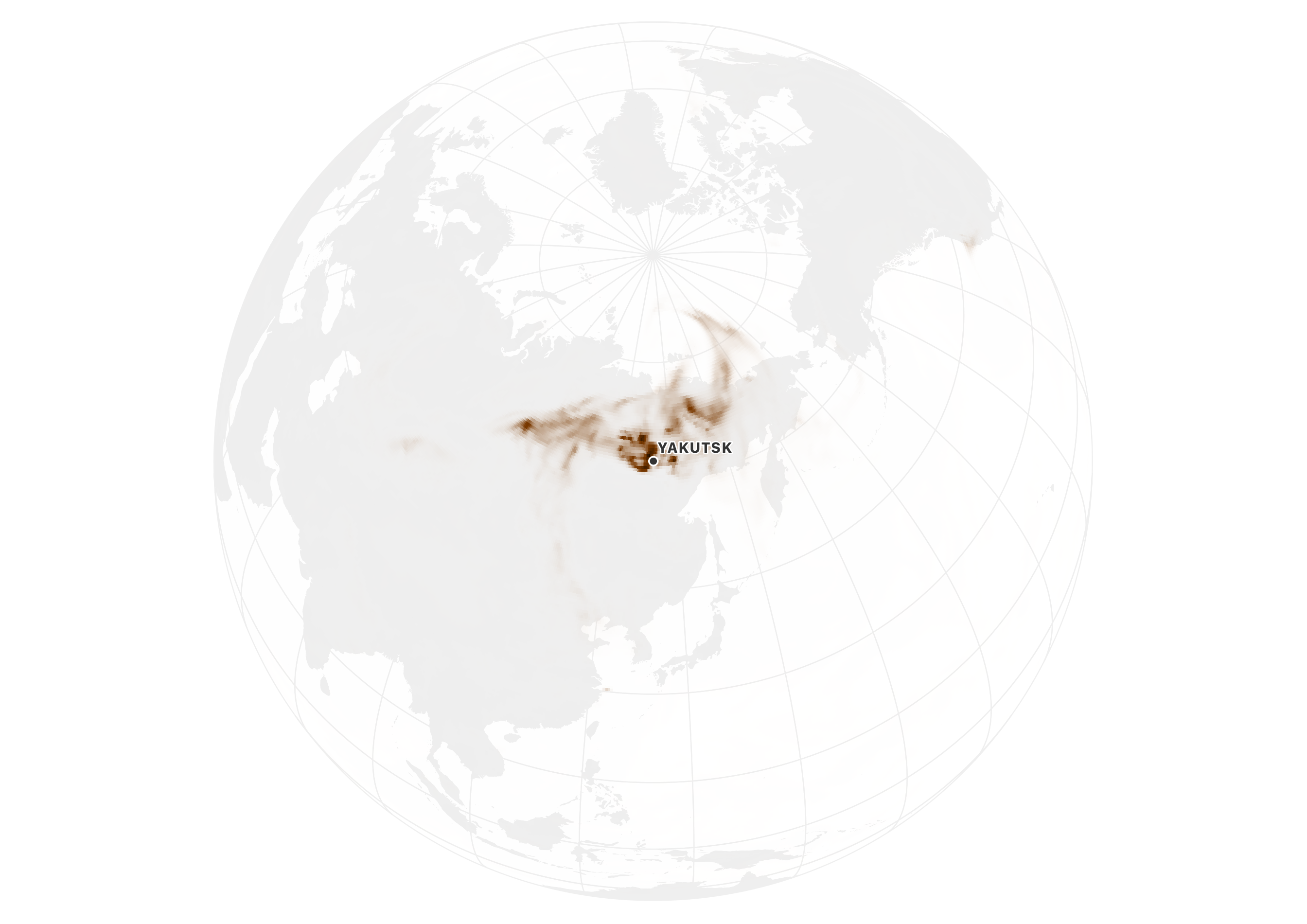
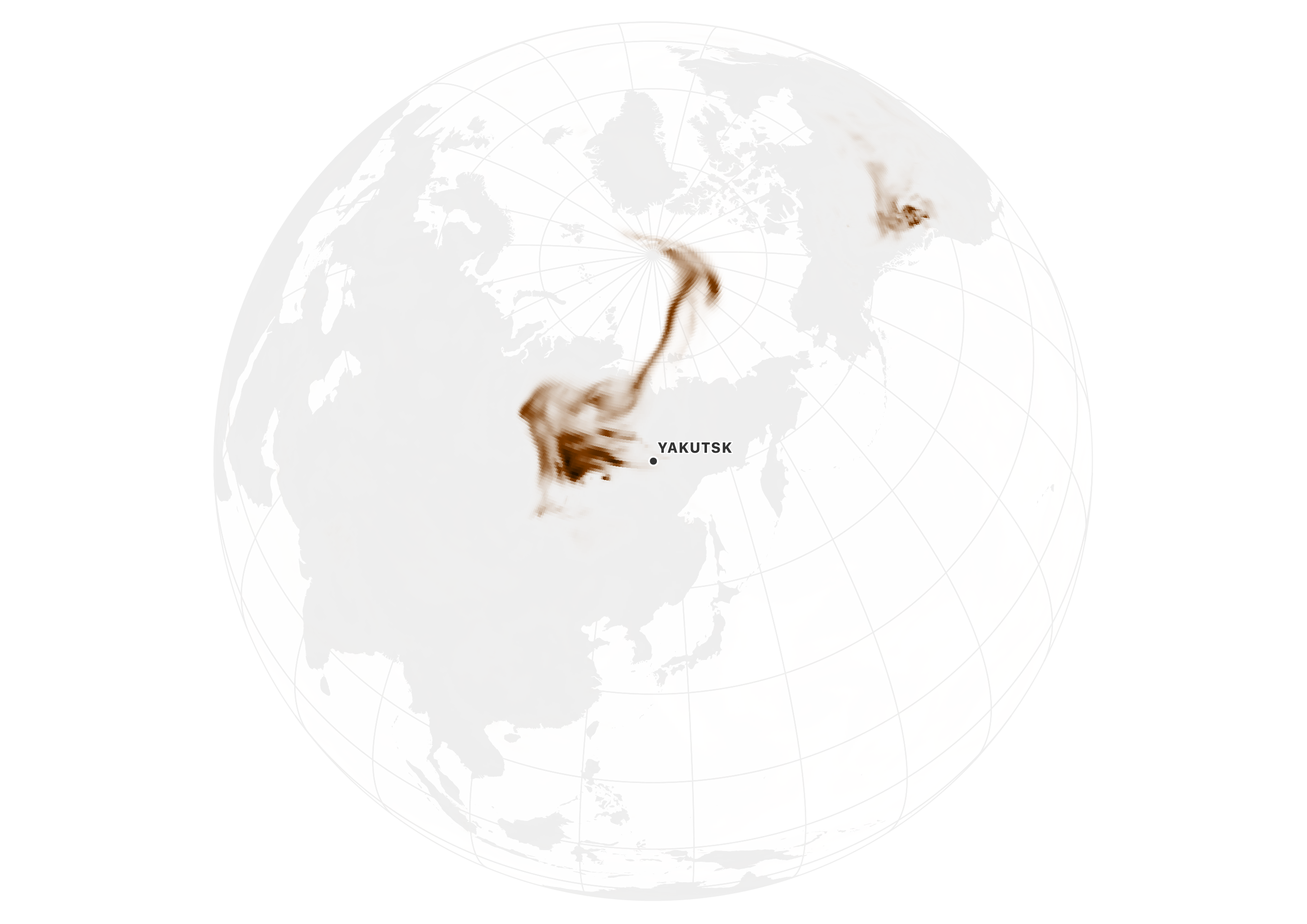
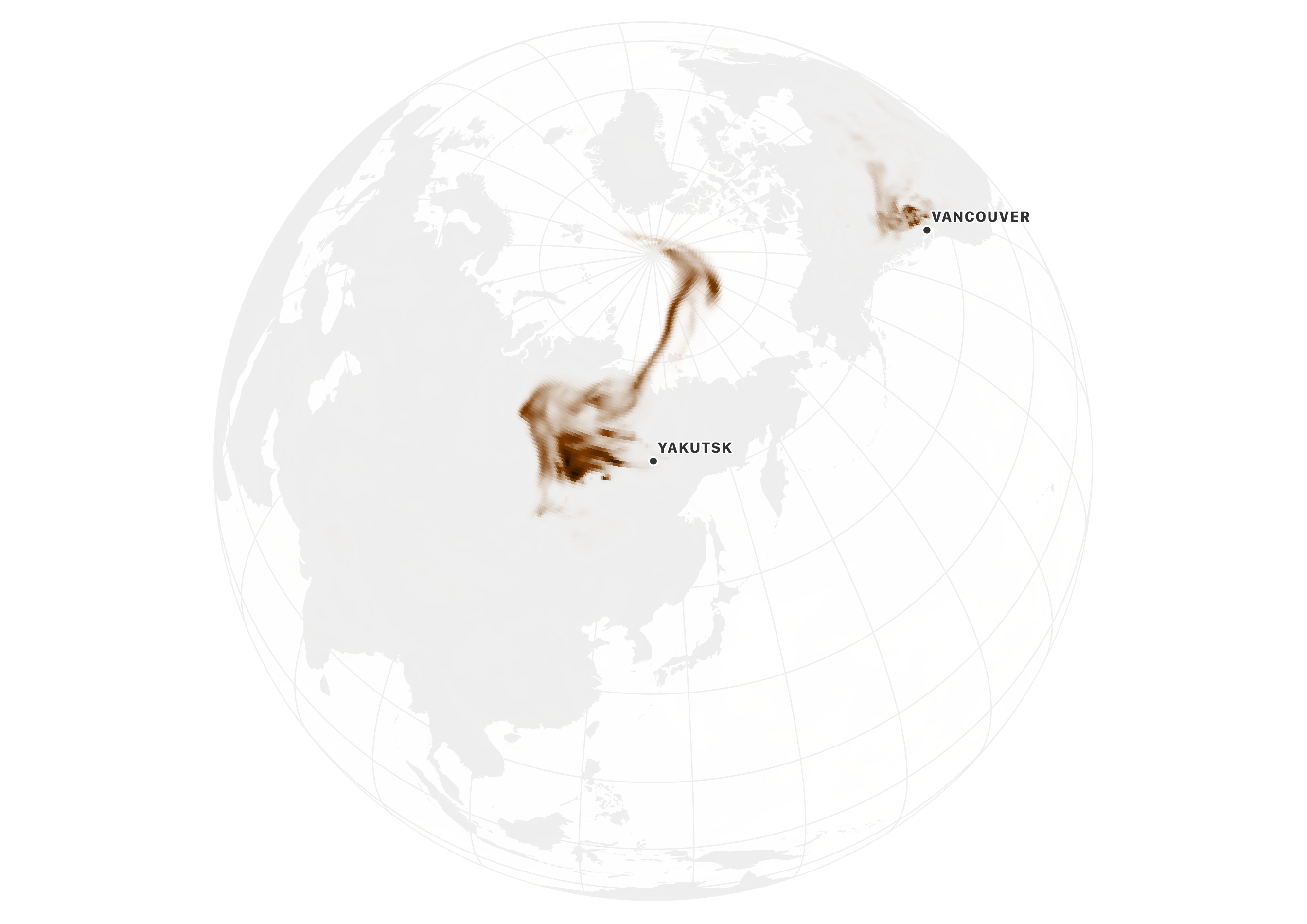
Officials in Russia are making the connection between the fires and climate change. Aisen Nikolaev, Head of the Sakha Republic, was quoted as saying: “Obviously, there is only one reason: global climate change.”
“We can see how it’s getting hotter in Yakutia every year. We are living through the hottest, driest summer in the history of meteorological measurements since the end of the 19th century.”
Scientists say that the extreme temperatures in Siberia can be directly attributed to the climate crisis. They found that a similar heatwave in 2020 was at least 600 times more likely to occur because of human-induced climate change.
And these heatwaves are directly linked to wildfires. "Every time we see drier, warmer conditions, we're going to see fires," says Mark Parrington, senior scientist at the Copernicus Atmosphere Monitoring Service.
Similar effects are visible in Europe and North America, where fires are destroying large swaths of forest. All of these areas experienced very warm and dry conditions.
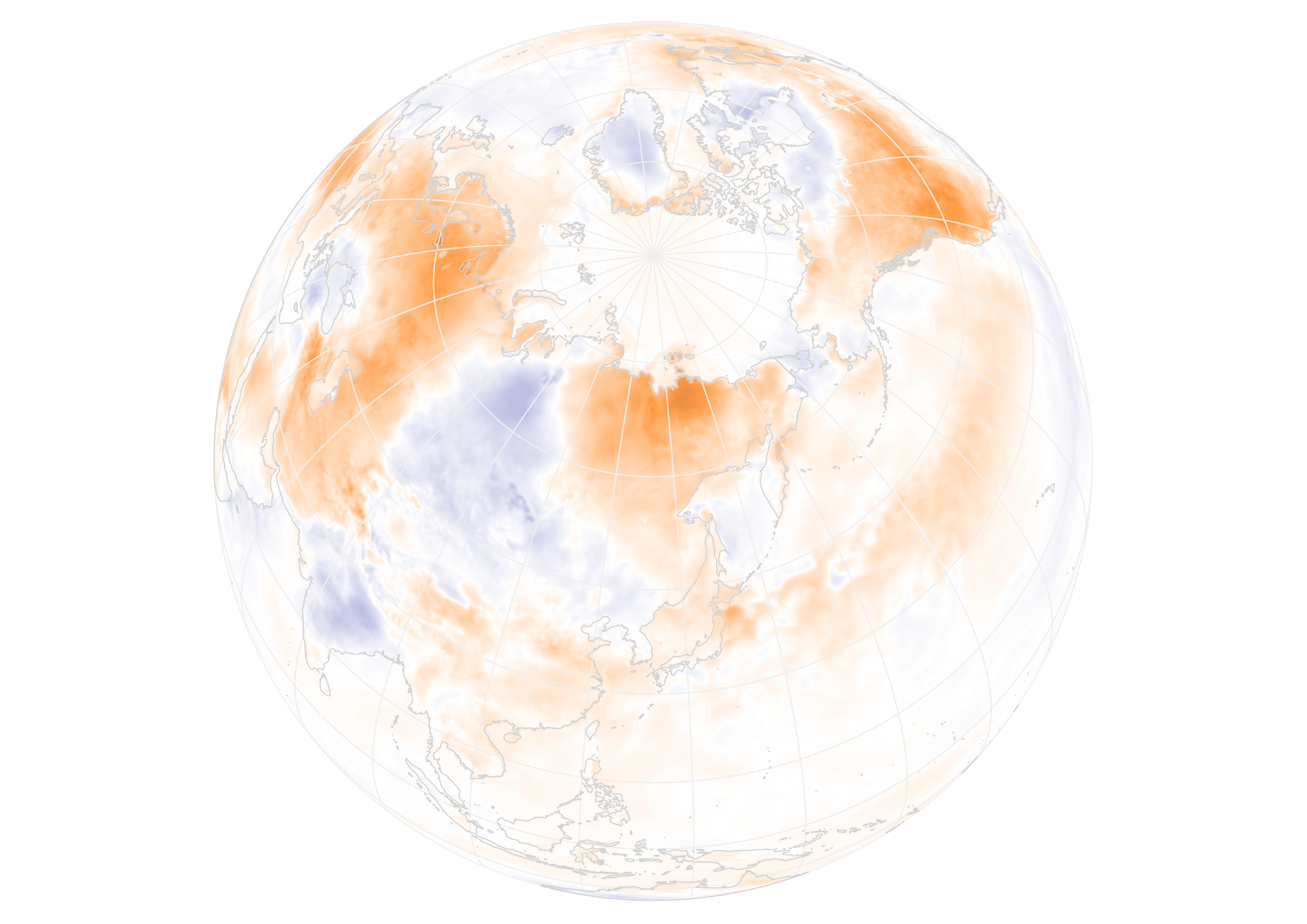
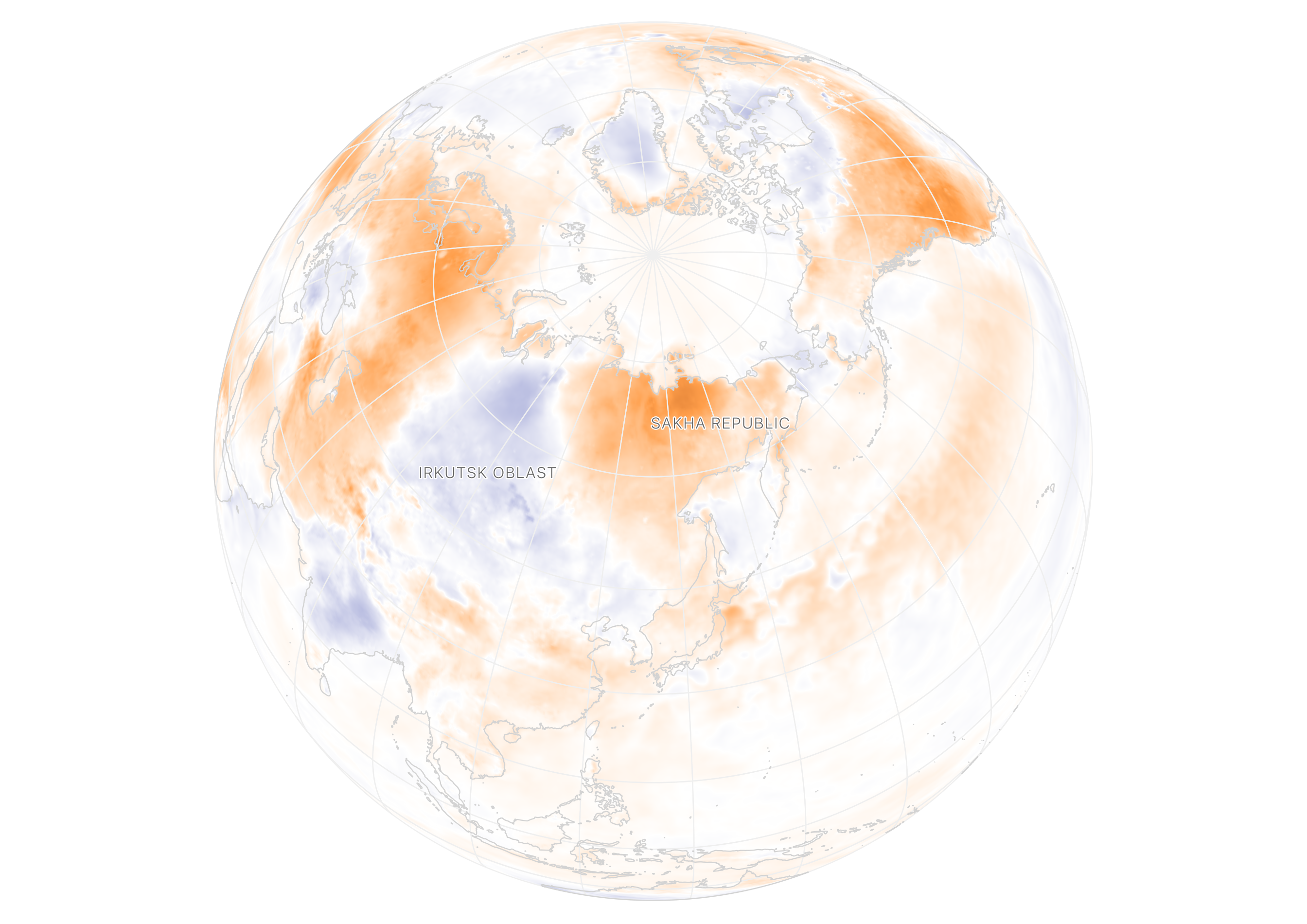
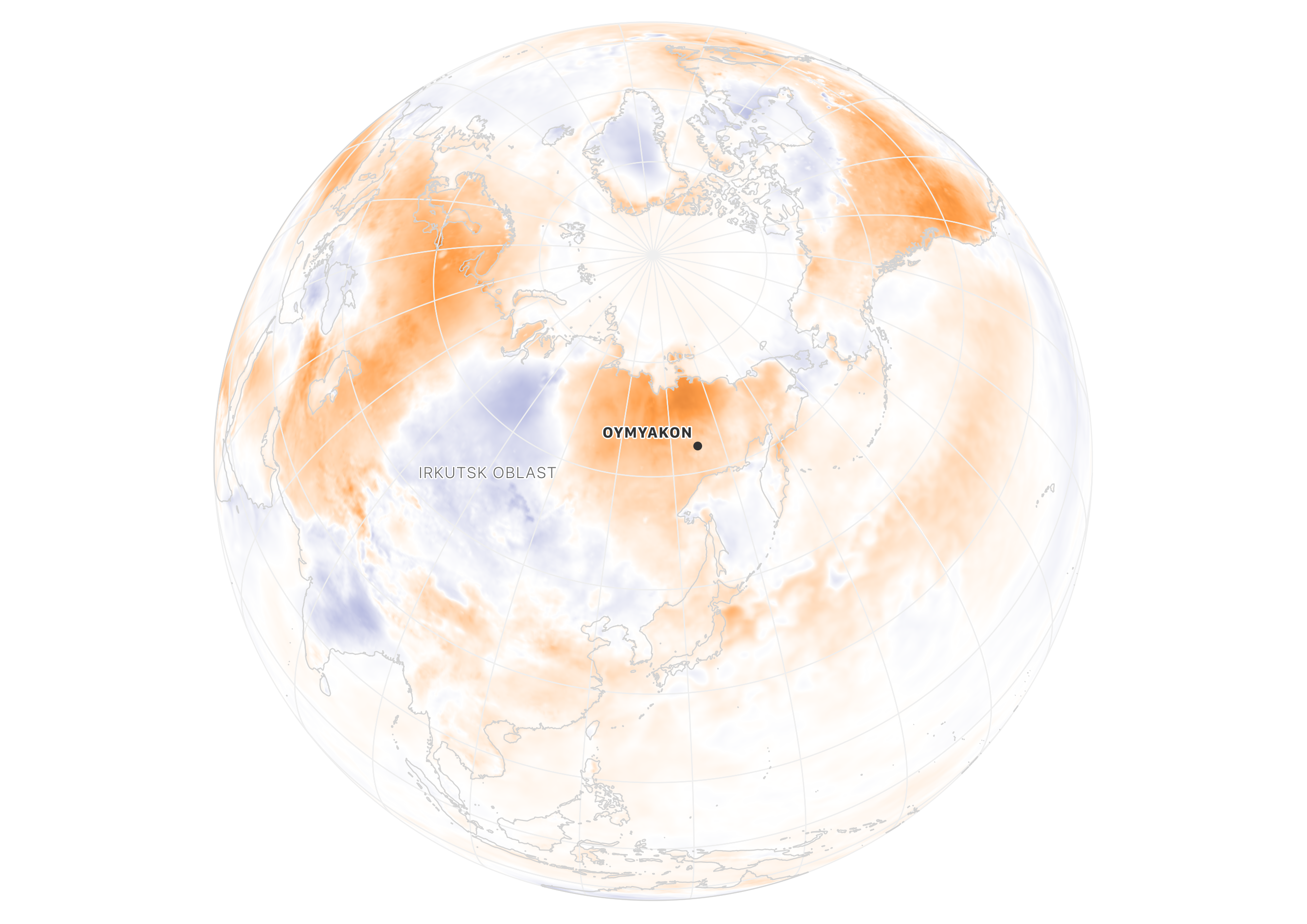
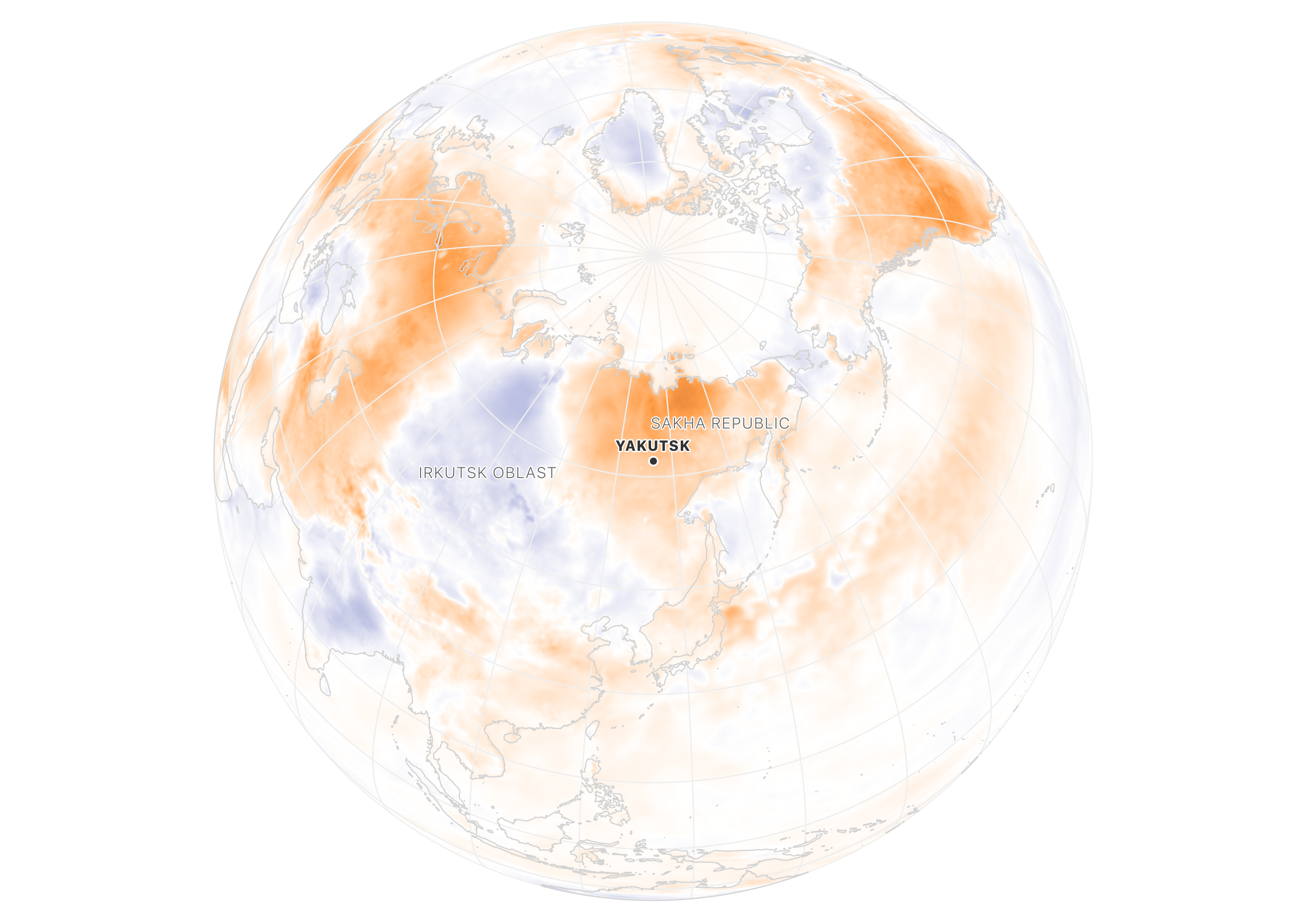
Russia's climate is more vulnerable to climate change than other parts of the world. Due to its proximity to the Arctic, it is warming at a pace 2.5 times faster than the planet as a whole.
Parrington says this is no surprise:
“We have known for a long time that temperatures at polar latitudes increase at a faster rate than the global average.”
Environmentalists are also worried about the impact the fires will have on the climate. The boreal forests store a large portion of the earth's carbon. When these forests burn, this carbon is released into the atmosphere. And carbon emissions from this year's fires are higher than ever (since the data started being recorded in 2003).
According to Parrington, however, it is difficult to know what the long term effects on the climate will be, as some of the carbon released by the fires will be reabsorbed when vegetation returns to the charred soil. He says the burning of peatlands is more worrying:
“We see really high numbers of fires in peatlands and in permafrost with high ice content. So yeah it is a bit more concerning, because if it's peat that's burning, that may be a more irreversible way of getting carbon into the atmosphere, because it's been storing that carbon in the ground for thousands of years.”
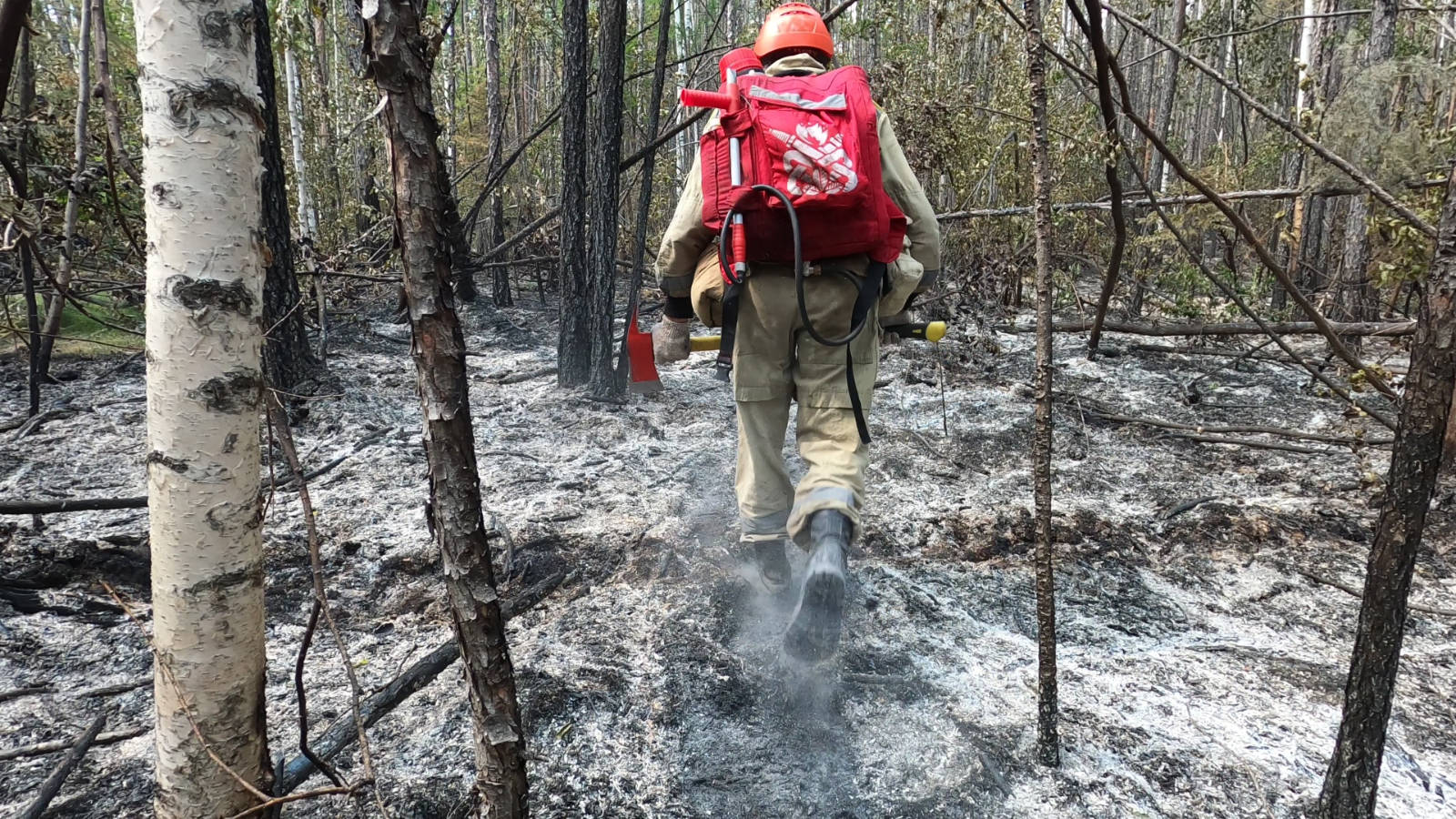
Alexey Yaroshenko, Head of the Forest Department for Greenpeace Russia, says that the government is doing too little to prevent the fires:
According to our estimates, to ensure real forest protection and the minimum necessary quality of forest management, the regions need about 100 billion rubles a year — they receive about 33.
The organisation recently offered the Russian government a list of nine measures to reduce forest fires in the country. Suggestions include reducing the area of unprotected forests and eliminating the use of fire in agriculture and forestry where possible.
In a statement to The Guardian, Yaroshenko said:
“Little by little, people are beginning to understand that the climate is really changing, and the consequences are really catastrophic. But the majority of society and the majority of politicians are still very far from understanding the real scale of the problem.”
